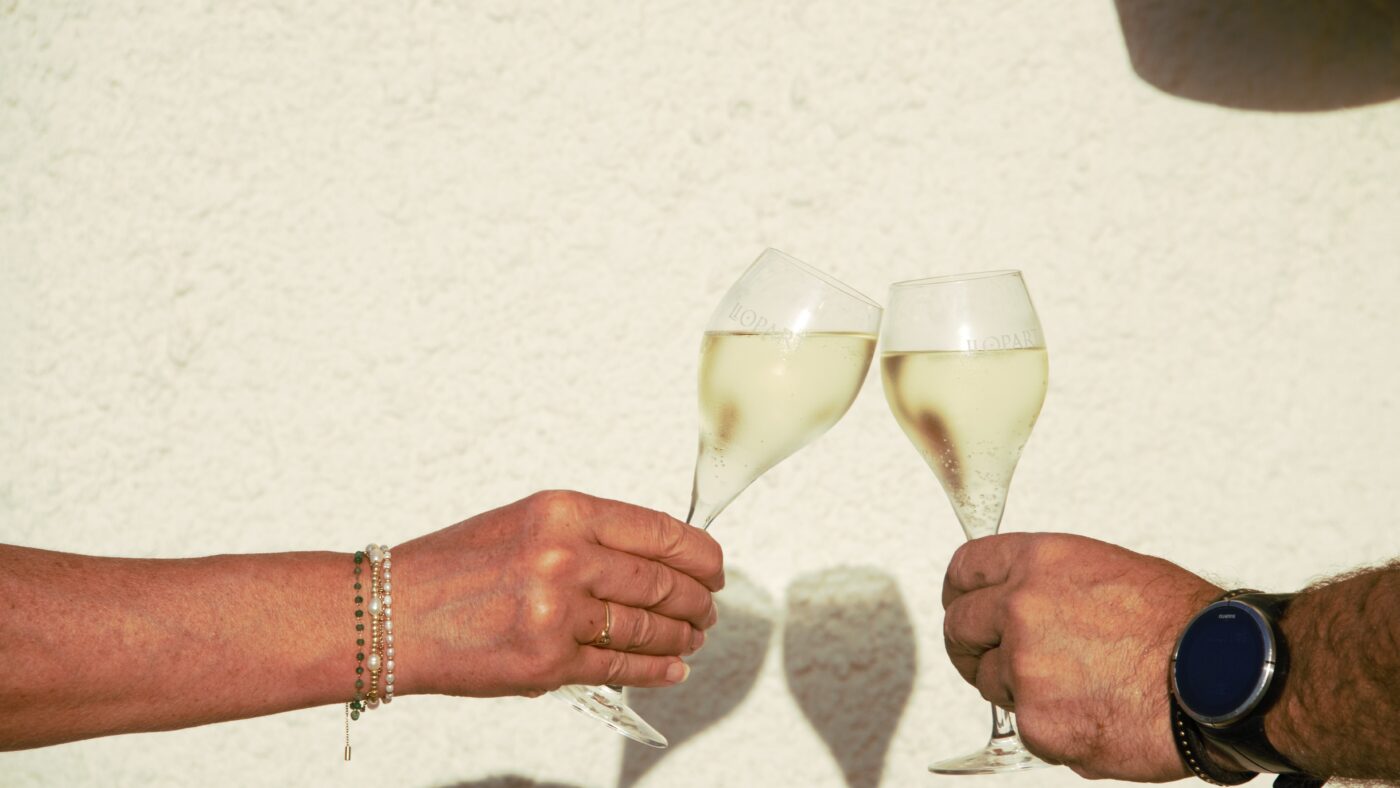Wine styles
Cava, the spanish sparkling wine
De mousserende wijn van Spanje heet Cava
In Spain, five geographical regions are allowed to produce cavas, for example in the Rioja, Valencia and Aragon. Regardless of their geographical location, all these areas have DO Cava. The main production area is the Penedès, 95% of the production comes from here.
How´s made sparkling wine?
The method of vinification of sparkling wines is called: Methode traditionelle. This is the same method as the champenoise method, but with a different name. The traditional method is the classic method, in which a second fermentation is carried out in the bottle. This method is carried out in five phases.
Phase 1: production of base wine
The winemaker makes first base wines. These are almost always white, for cava they often use the grapes Macabeo, Parellada, Xarel.lo.
Phase 2: the blend
The winemaker makes the blend, he mixes the base wines. He tries to ensure that the wine tastes the same as much as possible over the years and to limit harvest differences by mixing as much as possible.
Phase 3: bottling, second fermentation and maturation.
The assembly is done in bottle. Then the licor de tiraje is added; a mixture of wine, sugar and selected yeast cells. The winemaker closes the bottle, often with a crown cap. The sugar puts the new yeast cells to work and a second fermentation starts in the bottle. However, the carbon dioxide cannot escape, causing bubbles to form in the wine. After the yeast cells have done their job, they die and form a layer of sediment in the bottle; the lie.
As the wine matures longer on the lie, its quality increases and it also becomes softer in taste. A young cava must mature for at least 9 months, a reserva 15 months and a gran reserva 30 months.
Phase 4: take out the yeast sediment (lie)
After maturation the yeast sediment moved to the neck of the bottle. For this reason, the winemaker places the bottles in a pupitre. This is a rack in which the bottles are placed with the neck down. The bottles are regularly rotated here, while the bottle is also turned a little more upside down. This is called remuage and is very labour-intensive.
That is why people are increasingly using a gyropalette. The bottles are placed in a kind of cube-shaped cage, which makes the same movement as with the individual remuage.
Phase 5: Removing the yeast depot, refilling the bottle and determining the flavor style.
The neck of the bottle briefly goes through a bath with a liquid of minus 20 ⁰ C. The sediment freezes, the cap or crown cap is removed and the carbon dioxide pressure causes the ice plug with the sediment to shoot out of the bottle. A small amount of wine is lost. These complements the winemaker with licor de expedicion. A mixture of sugar dissolved in wine, supplemented with citric acid and possibly a distillate to increase the alcohol content. Each winery has its own blend for this. By making the mixture sweeter or less sweet, the winemaker can change the taste style from Brut nature (very dry) to brut (dry) to demi sec (semi-sweet).
Geinteresseerd in de workshop cava maken: KLIK HIER

